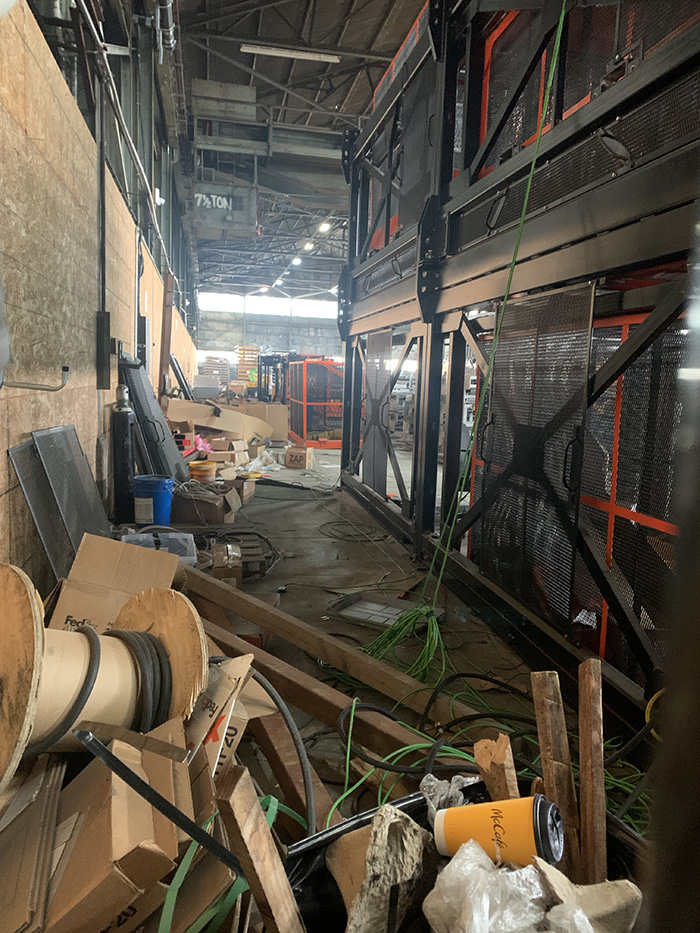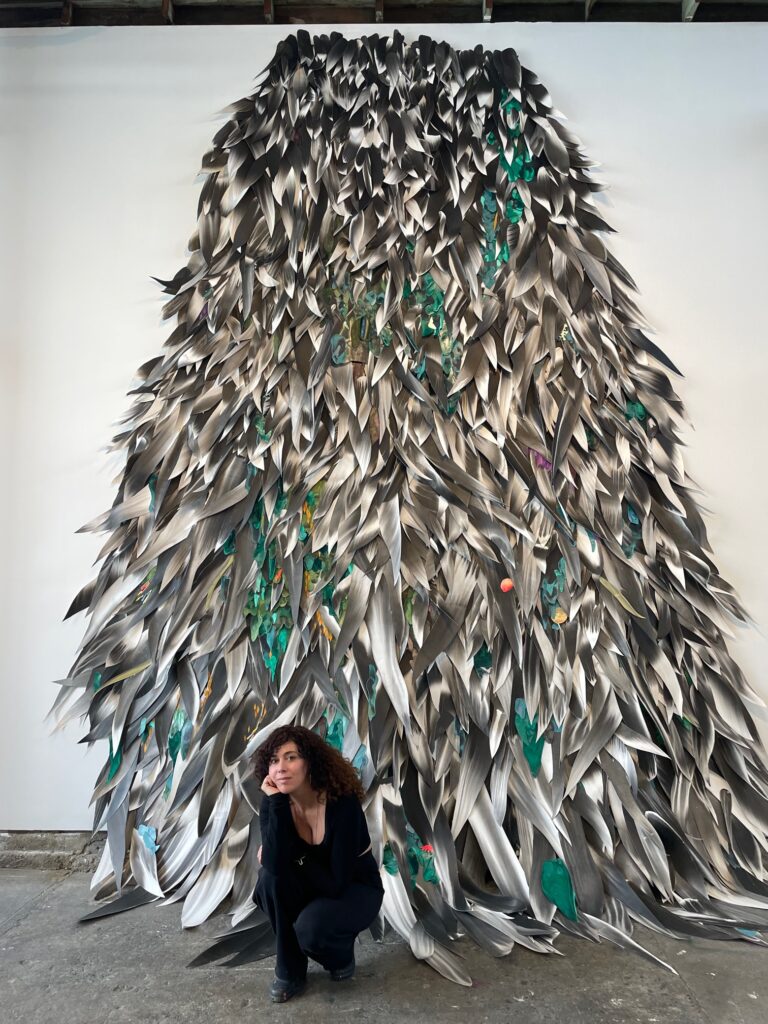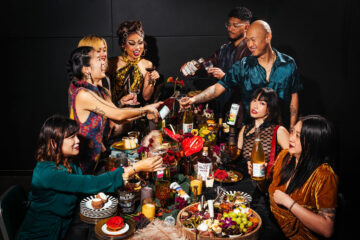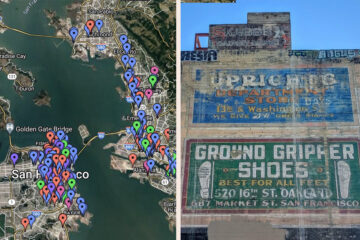American Steel Artists Plan for the future
The first crack in the foundation wasn’t this most recent purchase of American Steel by ScanlanKemperBard (SKB) (for $82.5 million in all-cash). The first major blow to this community came 5 years ago when it was previously sold to 11-West.
During that initial sale, my understanding was that many artists were asked to leave due to a couple of reasons. Some reasons were around violating house rules (like noise complaints) and others were asked to leave due to growing friction between themselves and the new landlords. One of the founders, Karen Custolito, left at that time as well. “It’s pretty devastating and heartbreaking and bittersweet,” said Cusolito at the time. When Karen left this signified the beginning of the end for some. She was the heart of the community. Without her, the future didn’t look very bright. Since this initial round of evictions by 11-West, nothing has really ever been the same.
So, when SKB made its move to purchase the space, many artists weren’t surprised that the next step could mean eviction. Talking to many impacted by this purchase, they feel this is just part of how the Bay Area works now for artists. But what keeps them in these spaces and holding on is the community they have built.
For some, it’s time to get creative & adapt
As artists – we’re resilient and we adapt. We find ways to “make it work” even in the toughest of transitions. There’s a special kind of strength and toughness that artists have due to this fact. You can push the artists out of a building but that doesn’t necessarily mean it’s over for them or their art.
When I visit with the artists at American Steel, I find myself seeing that resilience in action. You may not be seeing people actively mobilizing to combat billionaires and their upcoming eviction; but among the moving boxes and empty spaces, artists are continuing to plan for a brighter future. Even on the weekends when the construction has stopped you can hear the sounds of making in the distance: someone hammering, someone welding, and the light chatter of artists connecting in each of the bays. The space is still alive with makers, just much less of them than before. When 11-West purchased the property, there were estimated to be over 200 artists working within the space around the clock. Now, the email list is around 90 but many of those people are already gone.
Those who remain just don’t know how they will move forward – but they are trying hard to anyway. Yes, this is another story where a large corporate identity has decided to redevelop a historic Bay Area landmark. For many of the artists in the space, it’s also a story about the closing of a chapter as well as the start of another. What else can these people do but adapt, shift and change in the face of this?
After our last discussion about this eviction, I did again reach out to SKB multiple times asking what artists might expect after construction. They have yet to respond (and I don’t expect they will). It is rumored that SKB plans on renting space back to artists but that this will be at a much higher cost with a minimum square footage requirement. However, we aren’t able to fact-check this. That being said, what’s rumored to be true isn’t something that artists feel they can rely on. Being pushed out so many times from so many places have some folks wondering… can we find something more stable?
A benefit of having so many artists working within one space together, like at American Steel, is that they have an opportunity to work together and lean on each other when things get rough. Some of the American Steel artists are starting to seriously consider going in on a property together. If they own a property then they can’t be pushed out. One artist, Day Pollini, is working to mobilize some artists to find their own space. She started by emailing people she knew to gather a solid crew of folks who would like to find something more permanent. She’d like to find a space close enough that she wouldn’t have to cross any bridges. Her current plan of attack is to figure out who will be the main purchasers of the property and then have tenants for the space ready to rent from them. This type of creative thinking is what artists and those with less purchase power on their own are having to do in order to stay within the Bay Area.

Photo of Day Pollini – photo by Young Sparks Foundation
Sometimes you do have to get scrappy when it comes to purchasing a property. Even when folks are feeling defeated, the tenacity of the community still comes through. It’s becoming more and more common to go in with another party to buy property in the Bay Area. More recently, I have been researching how to purchase property with friends. I mean, how could you afford some of these places on your own if you’re an artist just scraping by? I was referred to a woman named Robin Gilmore. She is a mortgage agent who has an amazing ability to break down the complicated steps it takes to do something like this. “I am seeing an increase in people going in together – mostly on units (both families and friends). Your buying power is usually higher! The loan is not at all complicated. You can have up to four borrowers on any given loan. It’s a bit more work for the loan officer, but that’s what we are here for – it’s our job to help.”
While we can all recognize that buying the current space American Steel artists are in was out of the question, hopefully, some of them will be able to find a more permanent space for their small businesses. Something that can’t be taken away so easily.
Metal Haus Gallery celebrates the resilience of this community and its importance.
“The Great Here After” by Carolynn Haydu opens on March 19th. “The title was chosen to invoke a sense of grand adventure and positivity, perhaps ironic in such uncertain times. However, I believe hope is a choice: strategic, useful, and radical.”
Haydu’s work is multi-layered, colorful, vibrant, and imaginative. The Great Here After is a show of paintings that she created, dismantled, and subsequently collaged on wood panels. Just like the community within American Steel. The collages have been pulled apart but then brought back together multiple times – the art adapted and shifted throughout the creation process. Inspired by how artists within Haydu’s community have had to be resilient, lean on each other. “The very process of creating this new body of work showed me how survival in life and art relies on the ability to reconfigure new forms from broken pieces,” says Haydu.
Haydu desires that her show gives people a sense of positive changes ahead and that it gives other artists a sense of hope also. As if anything is possible as long as you’re willing to adapt and don’t stay too rigid in the face of change.
“The Great Here After”
New Work by Carolynn Haydu
March 18th, 2022 to April 15th, 2022
Opening Reception: March 19th 4 to 9 PM with pop up by Martha Stoumen wines
My sincere hope for the artists who are impacted by the sale of American Steel – is that they can stay flexible, vigilant, resilient, and strong in the unknown future they are facing. Soon after Haydu’s gallery show is over, we will see even more space within American Steel emptied out. We’re continuing to track this story and follow these artists along the road towards a new chapter within their art careers.












